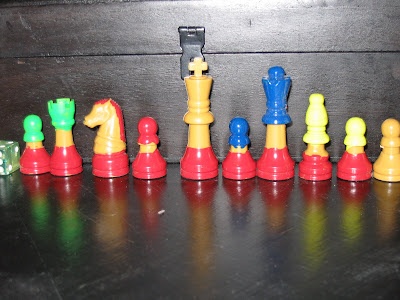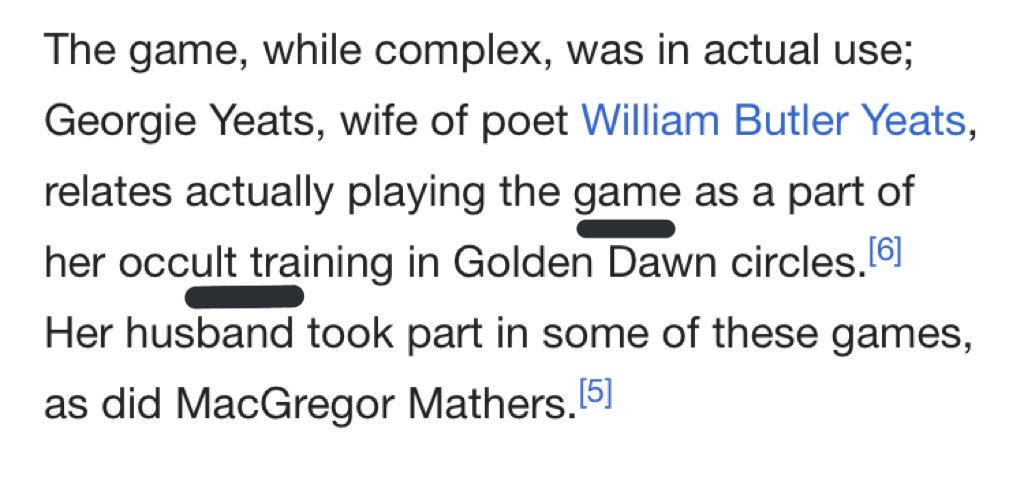

This coffin lid was donated to the museum along with the coffin base of the priest Iufenamun and dates to the same period, but it belonged to a priestess of Amun called Tjentwerethequa, thought perhaps to have been Iufenamun’s grandmother. The lid shows a man with a black-painted wig, gilded face, black-painted eyebrows and inlaid-stone eyes. A false beard is attached to the chin, with gold paint to indicate texture and a black-painted strap at the sides of the face. He wears a collar painted with 13 concentric bands of black, red or green separated by narrow white lines, and an outer band showing pairs of green or red drop-beads on a gold base with a green border.Īt the centre on the front of the lid is a column of gold hieroglyphs on a green background, which runs from the bottom of the collar to the lowest band at the ankles. The interior of the lid and base are painted white but the left sides have been discoloured to dark brown by oils associated with the mummy. The coffin is painted white, with four gold bands with black edging encircling the lid and base. By depicting him this way, the coffin magically transformed Khnumhotep to help him reach the afterlife. The coffin represents Khnumhotep wrapped in white linen wrappings with gold skin, evoking the Egyptian belief that the skin of the gods was made of gold. But the coffin of Khnumhotep is an innovative new form, which was shaped to look like the deceased person. Up until this period, coffins had typically been rectangular in shape. His is one of the earliest coffins in our collection, dating to the Middle Kingdom (c.2055-1795 BC).


Khnumhotep was an estate overseer who lived around 1940-1760 BC. On display: Ancient Egypt Rediscovered, Level 5, National Museum of Scotland The left part of the foot-case is decorated with a standing jackal (wild dog), with religious symbols either side. The face on the coffin of the priest Nehemsumut is painted pink and surrounded by a black wig with narrow yellow stripes, which hide the ears. The top of the head has a scarab (beetle) outlined in white on a black background. Around the temples are three rows the upper one solid red, the second painted to imitate gold with inlays of red and green and the last represented with white flower petals.Ī broad collar is shown around the upper part of the torso, depicted in red and white, with blue, green and black directly below the throat. Directly below the collar is a ram-headed vulture with a sun disc on its head and wings spreading almost to the shoulders.

In the Third Intermediate Period, the burials of the wealthy replaced the innermost coffin with a mummy-case made of cartonnage (linen and plaster), brightly painted with images of protective symbols, gods, and goddesses.


 0 kommentar(er)
0 kommentar(er)
